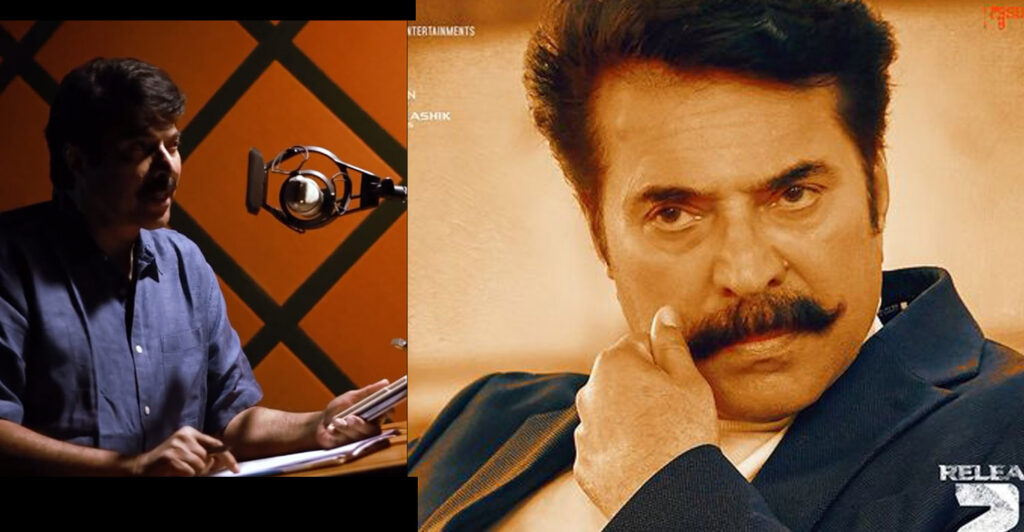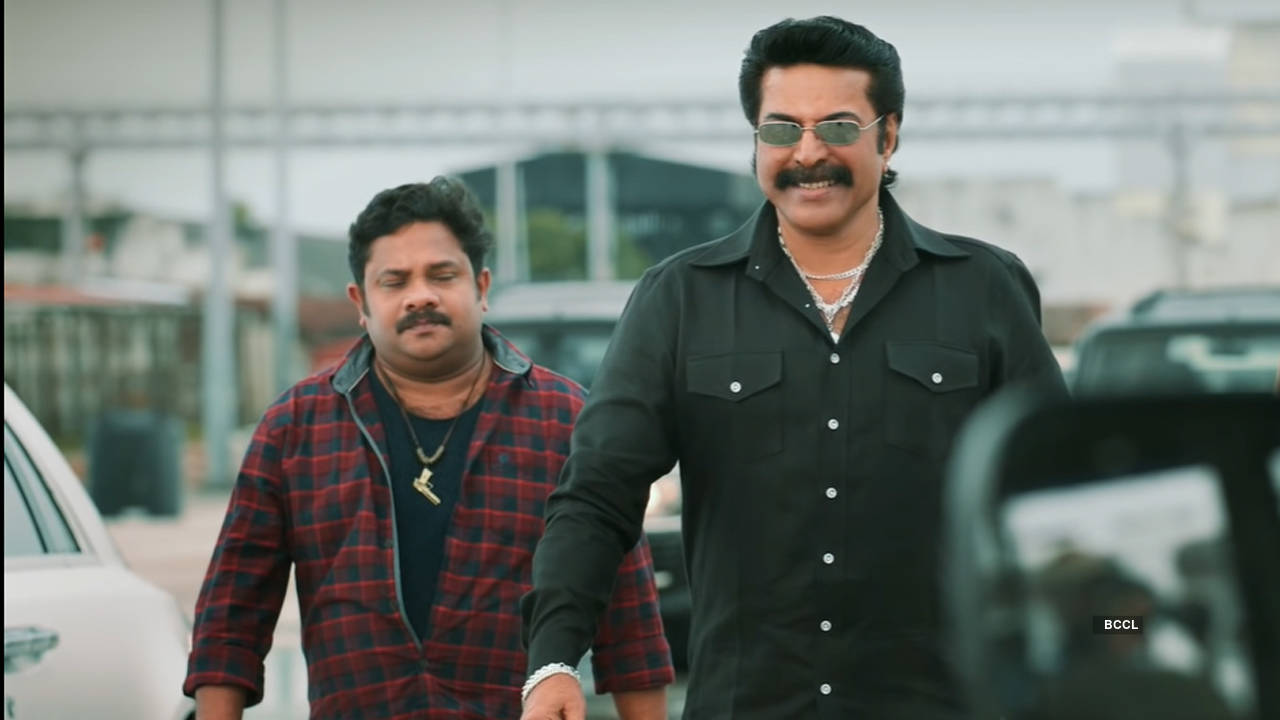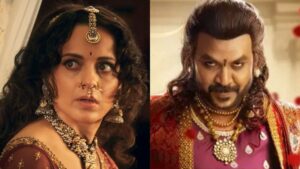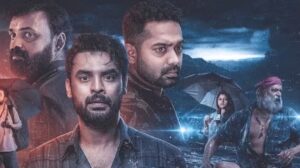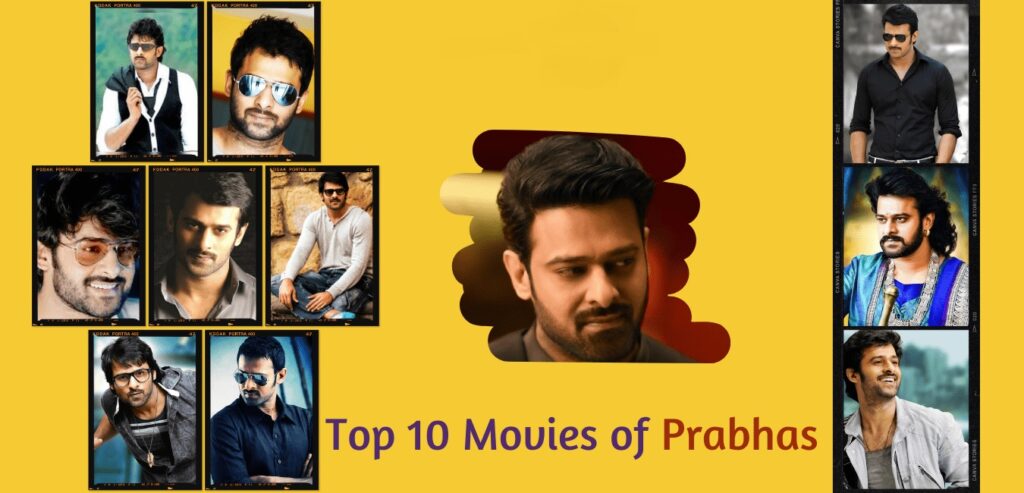As we celebrate his 72nd birthday, we delve into the transformative evolution of Mammootty 3.0, a seasoned artist who has managed to captivate not only the hearts of the older generation but also the admiration of the younger one. In an industry where fresh talents emerge continuously, it’s astonishing that a 72-year-old continues to shine as one of the most promising actors.
With a remarkable career spanning 52 years, three National Film Awards, seven Kerala State Film Awards, and an enduring reign as a Malayalam superstar for over three and a half decades, it’s easy for artists to succumb to mediocrity, producing films solely to please their fanbase. In fact, Mammootty, too, found himself in this rut for a significant part of the 2010s, a situation not uncommon for established stars.
However, Mammootty’s unrelenting passion for his craft led to a remarkable reinvention towards the end of the last decade, marking a triumphant return unlike any other. Over the past four years since 2019, his mastery in portraying diverse characters, his profound immersion into their intricacies, and his willingness to explore a wide spectrum of genres and roles have propelled him to unprecedented heights. This resurgence, however, is not entirely novel; even in the 1980s, after a series of setbacks, he underwent a significant transformation and made a memorable comeback with “New Delhi” (1987). Thus, the actor we see today is Mammootty 3.0.
On the occasion of his 72nd birthday, we dissect the rebirth of this actor, his ongoing and intriguing career phase, and his adeptness at adapting to the ever-evolving sensibilities of the industry.
After a string of 14 films with subpar quality from 2016 to 2018, Mammootty shed his star persona in 2019 and embraced the essence that defined his career. It was in Ram’s “Peranbu” that he rediscovered himself. His portrayal of a middle-aged single father, earnestly attempting to reconnect with his daughter, who grapples with a muscular health condition, was nothing short of extraordinary. What stood out was the subtlety with which he embodied the character, ensuring that his star status didn’t overshadow any aspect of the role.
In one poignant moment, Amudhavan (Mammootty) employs various approaches, including singing, dancing, and mimicking animals, in a three-minute shot to win his daughter’s trust and affection. In this scene, Mammootty seamlessly disappears, leaving only Amudhavan behind. His commitment to the role’s emotional depth and vulnerability is conveyed with impeccable precision. Another scene depicts Amudhavan’s attempt to walk in his daughter’s shoes, empathizing with the daily challenges she faces. Mammootty’s ability to convey a range of emotions through his facial expressions showcases his extraordinary acting prowess.
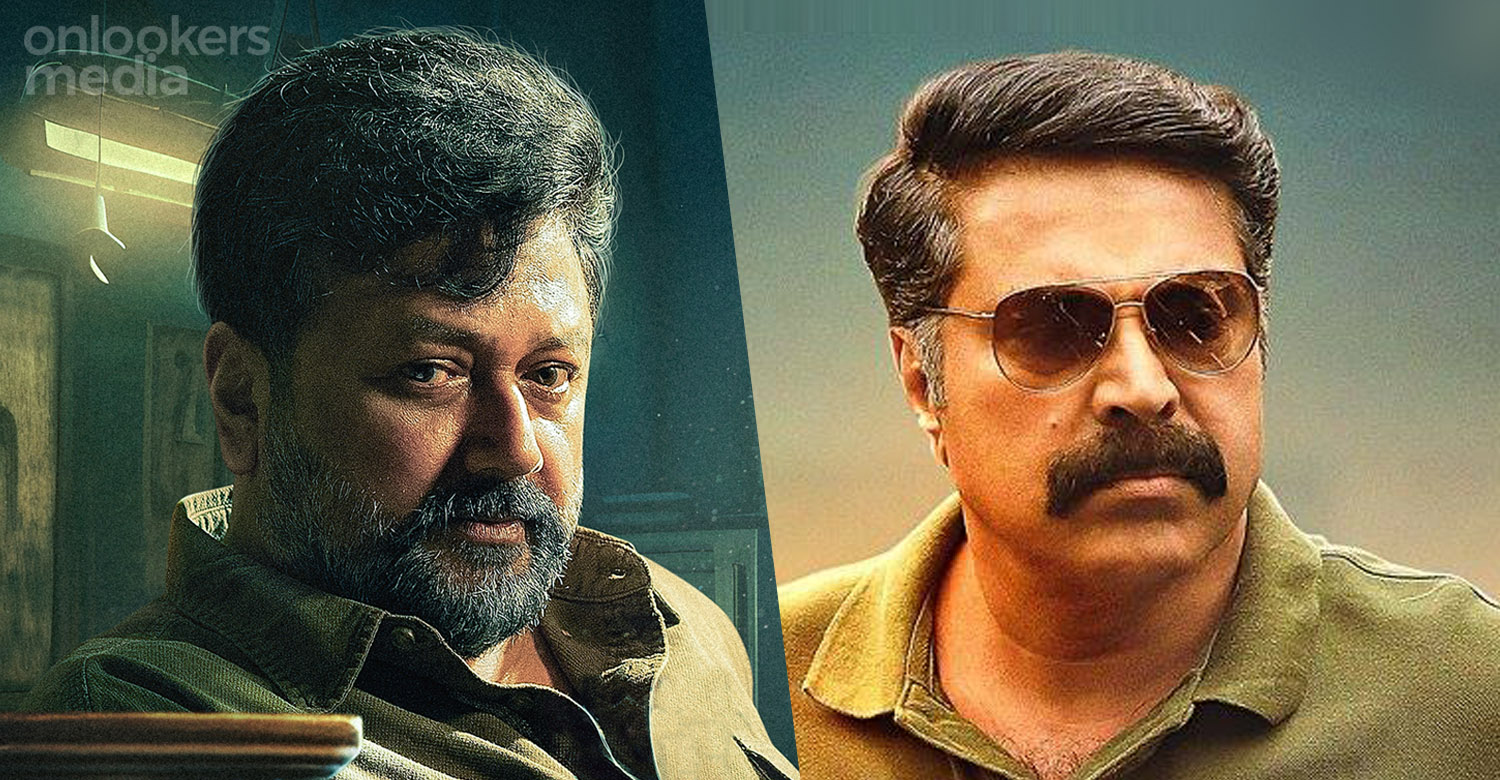
When director Mahi V Raghav chose Mammootty to lead a biopic on the late YS Rajasekhara Reddy, the former Chief Minister of united Andhra Pradesh, skepticism arose due to Mammootty’s non-Telugu background. However, Mammootty silenced the doubters with his remarkable performance in “Yatra,” centered around a pivotal political campaign tour in YSR’s life. Mammootty flawlessly captured the intricacies of YSR, emphasizing the late CM’s emotional and humane dimensions, alongside his commanding nature, shining through in this portrayal.
Returning to Malayalam cinema after the Tamil drama and Telugu biopic, Mammootty ventured into an action-comedy, “Madhura Raja,” directed by Vysakh. Despite the film’s shallow plot and adherence to the typical mass-hero formula, it emerged as a superhit, thanks to the actor’s enduring star appeal.
Shortly after “Madhura Raja,” Mammootty collaborated with director Khalid Rahman for the first time in “Unda,” one of the finest Malayalam films of the last decade. This film reintroduced audiences to a facet of Mammootty they hadn’t witnessed since movies like “Kazhcha,” “Palunku,” and “Kaiyoppu.” As SI Mani, a Malayali police officer on election duty in a remote area of Bastar, Chhattisgarh, Mammootty exemplified his acting finesse.
In a pivotal sequence, when the cops’ shelter is attacked by Maoists, Mani is paralyzed by fear, his inability to respond palpable. His subtle expressions convey embarrassment and uncertainty. In another scene, while speaking with his wife over the phone, Mammootty showcases Mani’s cautiousness, shifting to warmth and affection as he forgets to be vigilant, engrossed in their conversation. Such subtleties permeate his performance in the film.
Mammootty didn’t shy away from supporting other filmmakers, as seen in Shanker Ramakrishnan’s “Pathinettam Padi” and Ramesh Pisharody’s “Ganagandharvan,” leveraging his stardom to aid their projects.
Although “Mamangam” and “Shylock” achieved commercial success, they failed to fully tap into Mammootty‘s potential, receiving mixed reviews. In 2021, films like “The Priest” and “One” highlighted a more restrained and controlled aspect of his acting talent, despite their overall mediocrity raising questions about his return to previous styles.
Mammootty’s triumphant resurgence came with Amal Neerad’s “Bheeshma Parvam,” where he brought to life an unprecedented gangster character, blending ruggedness and swagger. His character, Anjootti Michael, drew inspiration from Don Vito Corleone and his son Michael from “The Godfather.” Mammootty effortlessly exuded authority and composure, establishing dominance with mere glances yet entering the fray when necessary, much like Michael Corleone.
A pivotal scene towards the film’s end showcased Mammootty‘s power as both an actor and a superstar. Michael confronts rivals, issuing a dire warning about crossing his path. The expression Mammootty portrays in this moment is unparalleled, rendering the character truly unique. Fueled by rage, a devilish smile on his lips, eyes gleaming with moisture reflecting the car’s lights before him, muscles tensed and unwavering, Michael signifies his willingness to push the boundaries of evil. This scene encapsulates the many facets of Mammootty’s talent.
In Ratheena’s “Puzhu,” where Mammootty portrayed an antagonist, his acting prowess shone once more. Throughout the film, he consistently surpassed himself, bringing to life a self-righteous casteist bigot without garnering sympathy or empathy. His portrayal of Kuttan’s ‘vulnerable’ and ‘innocent’ moments highlighted his deep understanding of the character without idealizing it at any point.
Mammootty‘s journey has been one of transformation and adaptability, and he continues to be a force to be reckoned with in the world of cinema, bridging the gap between an actor and a superstar.
Read More:- Fukrey 3 teaser: Pankaj Tripathi, Richa Chadha, and the crew return with their ingenious tricks!

